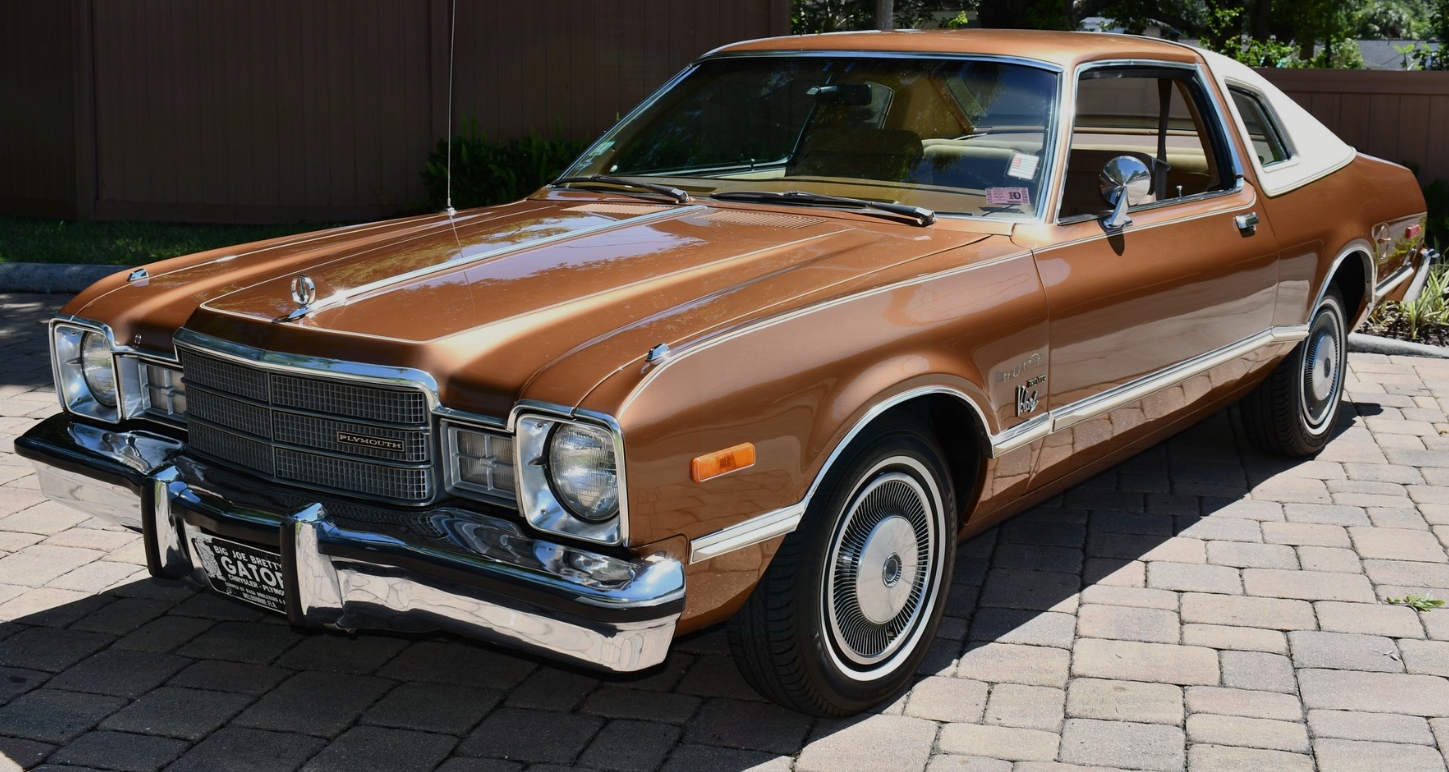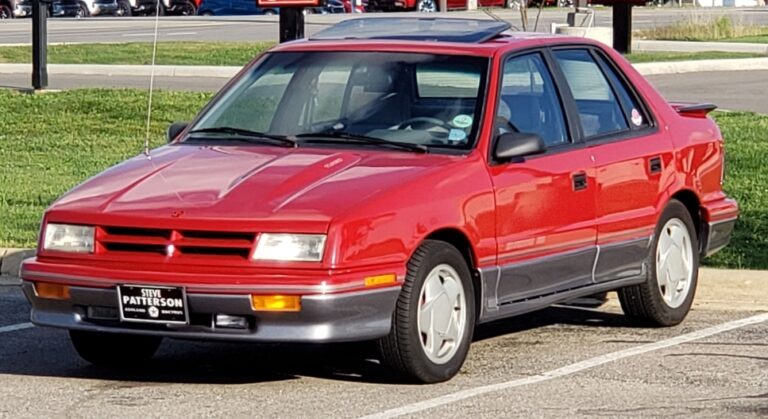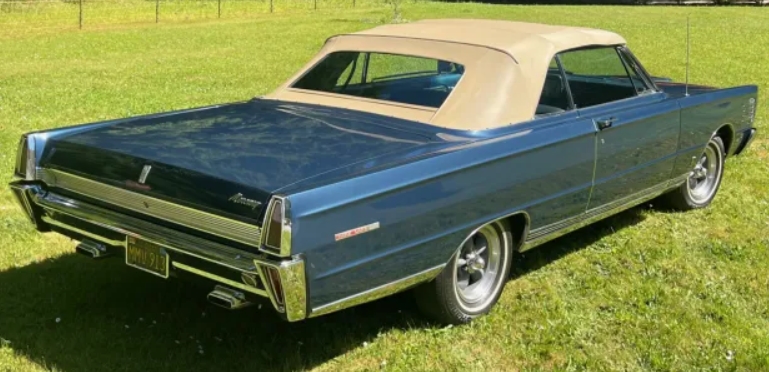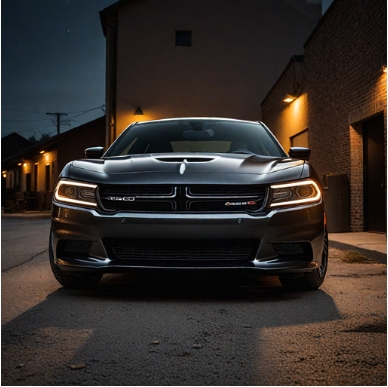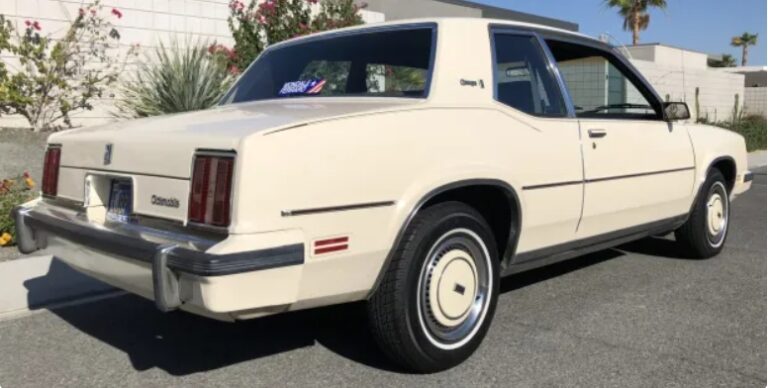The Evolution of the Plymouth Volare: A Historical Overview
The Plymouth Volare, a compact car produced by Chrysler Corporation, represents a significant chapter in American automotive history. Launched in the mid-1970s, the Volare was part of the automaker’s attempt to invigorate the Plymouth brand during a time of intense competition and changing consumer preferences. This article explores the evolution of the Plymouth Volare, from its introduction to its eventual discontinuation, highlighting its various models and trim levels over the years.
The Introduction of the Plymouth Volare (1976-1979)
The Plymouth Volare was first introduced in 1976, and it was part of Chrysler’s effort to modernize its lineup and introduce a more compact vehicle during an era when fuel efficiency became increasingly important due to the oil crisis. The Volare was developed within the Chrysler M-body platform, shared with the Dodge Aspen. The vehicle was marketed as a streamlined, capable compact car that combined practicality with an array of features.
1976: The Launch Year
In its inaugural year, the Volare was available as a two-door coupe or a four-door sedan. Chrysler marketed the car’s “Fuselage Design,” characterized by its rounded edges and more refined styling compared to its predecessors. The models available included:
- Base Model: Focusing on affordability, the base trim included fundamental features but aimed to attract budget-conscious consumers.
- Custom: This trim level added some comfort features and upgraded materials to enhance the overall driving experience.
1977: Expanding the Lineup
By 1977, Plymouth expanded the Volare lineup to include additional features and a new model. The basic structure remained, but more options were available.
- Base Model: Continuity with the previous year.
- Custom: Improved standard features.
- Sport: Introduced as a more performance-oriented version, emphasizing a sportier design and features, such as bucket seats and a rear spoiler.
1978: A Growing Popularity
In 1978, the Volare’s popularity surged, and more trim levels were introduced to appeal to a broader audience.
- Base Model
- Custom
- Sport: Continued from the previous year.
- Premier: This trim offered more luxurious features including plush seating and additional chrome details.
The Volare was notable in this year for its production milestones, with sales numbers demonstrating its growing acceptance among compact car consumers.
1979: The Final Year of the First Generation
In 1979, the Volare entered its final year of the first generation. While the overarching design remained the same, the automaker made slight adjustments.
- Base Model
- Custom
- Sport
- Premier
In addition to these trims, buyers could select from a range of V6 and V8 engine options, offering some flexibility based on performance needs and fuel efficiency preferences.
.
Not satisfied with the current motor in your hot rod?
5 Best Choices For an Engine Swap
.
The Second Generation (1980-1981)
The Volare underwent mild updates for the 1980 model year, with Chrysler continuing to refine the car’s features in response to consumer feedback.
1980: Minor Facelift
A few cosmetic changes and improved interior materials characterized the 1980 Volare.
- Base Model
- Custom
- Sport
- Premier
Chrysler also introduced special editions this year, showcasing unique paint colors and interior designs.
1981: The Final Model of the Plymouth Volare
By 1981, the Volare was nearing the end of its production run as Chrysler began shifting its focus towards newer models and initiatives. The model lineup remained mostly unchanged but saw more standard features being included across various trims.
- Base Model
- Custom
- Sport
- Premier
The car’s popularity declined, reflecting changing consumer preferences and a burgeoning market for imported compact cars. As a result, the Volare ended production in 1981, paving the way for the introduction of newer Plymouth models.
Legacy and Impact
While the Plymouth Volare did not achieve the enduring iconic status of some of its contemporaries, its introduction was critical in helping smooth the transition for Chrysler during a more challenging automotive environment.
- Cultural Impact: The Volare became emblematic of the late 1970s and early 1980s American automobile design, showcasing the shift toward more compact models while retaining aspects of the traditional American automotive flavor.
- Sales Figures: During its production run, the Volare managed to secure respectable sales figures relative to its competition, making it an essential part of Plymouth’s entry into the compact car market.
- Plymouth Brand Identity: The Volare tried to harness a balance between style and economy, striving to represent Plymouth’s identity as an accessible vehicle brand catering to the everyday consumer.
- Platform Sharing: The Volare shared much of its engineering and design with the Dodge Aspen, making it a significant player in Chrysler’s mid-size platform strategy.
Conclusion
The Plymouth Volare’s evolution is a story of ambition, adaptation, and ultimately the need for reinvention in the competitive automobile market of the late 20th century. Though it has faded into automotive history, the Volare remains a noteworthy example of an American car that attempted to bridge the gap between traditional automotive design and new market demands for compact efficiency. Today, the Volare represents nostalgia for an era of automotive experimentation, when manufacturers scrambled to redefine their place within an ever-changing landscape. It serves as a reminder of Plymouth’s legacy and an exploration of how consumers shaped the direction of automotive design.


